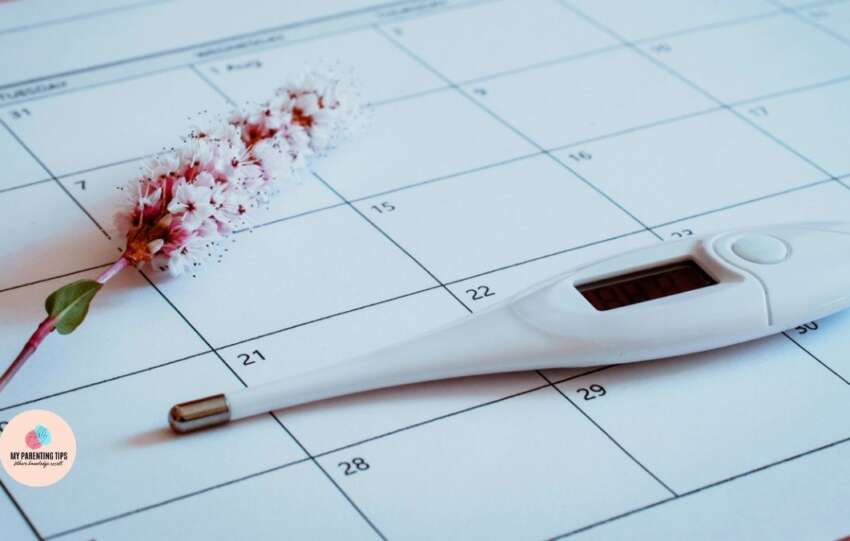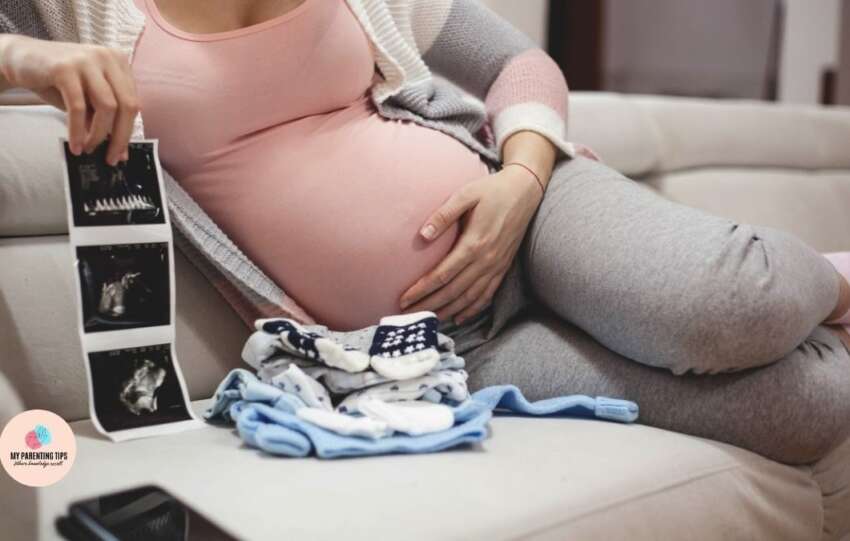What are the Signs that Indicate a Woman’s Fertile Days?

“Covering physical symptoms, tracking tools, and lifestyle advice to maximize fertility and support family planning decisions, this article shows how to find a woman’s fertile days.”
Knowing your fertile days will benefit you either with a simple understanding of your reproductive health or pregnancy planning. Understanding particular Fertility indicators helps you to better estimate when conception is most likely and support family planning decisions. Let’s investigate the most often occurring symptoms pointing to a woman’s reproductive days.
When is a Woman Most Fertile?
Conception is best timed within what is sometimes regarded as the fertile window. Each cycle, this time runs about six days, comprising the five days preceding ovulation and the day of ovulation itself. If sperm are present, ovulation the process by which the ovary releases a matured egg is the most likely point of conception. Timing sex during this ideal period raises the possibility of conception since the egg is viable for roughly 12 to 24 hours after release while sperm can live in the reproductive system for up to five days.
The individuals who practice natural family planning, knowing when you are most fertile is crucial. Examining Fertility Awareness-Based Methods of Family Planning can provide other approaches for estimating fertile days.
Typical Signs of Fertility
Knowing and following physical indicators of fertility helps one to better visualize when a woman is in her healthy window. These are some trustworthy signs:
1. Mucus Changes in Cervical
Your cervical mucus shifts in consistency and volume as you get closer to ovulation. Like raw egg whites, cervical mucus rises and takes on a transparent, elastic, slippery feel during the healthy window. For sperm to swim through, this kind of mucus is perfect; it supports their path to the egg.
Daily tracking of these variations can help one find the most fertile days. You are probably approaching ovulation and within your healthy range if you are seeing egg white-like cervical mucous.
2. Basal Body Temperature Increase
Your body’s temperature at rest is known as your basal body temperature or BBT. Because of rising progesterone levels, BBT increases somewhat usually by 0.5–1 degree Fahrenheit after ovulation. This higher temperature suggests that ovulation most certainly had a place. Plotting your daily temperature over several months can enable you to identify a trend that will guide you on when you are most likely to ovulate.
Combining BBT with other symptoms can give a more realistic view of your fertility even though it is more successful in verifying ovulation after it has happened.
3. Mittelschmerz, or Ovulation Pain
Around ovulation, some women feel some stomach discomfort or pain. Usually occurring on one side of the lower abdomen, this sensation known as mittelschmerz may last several minutes to many hours. Though not everyone goes through this, for those who do it might be a useful clue that ovulation is taking place.
4. Enhanced Sensives
Some women claim increased taste, scent, or even eyesight after ovulation. Hormonal changes surrounding ovulation are blamed for this phenomenon. Though it’s a faint indication, knowing whether you have any enhanced senses can be another signal to find your healthy window.
5. Higher Libido
Many women find their desire naturally rising around their most fertile days. Hormonal changes both before and during ovulation most certainly explain this increase. Although it is not a perfect measure of fertility, this growing interest in intimacy can coincide with the period the body is most suited for pregnancy.
Tools for Fertility Monitoring
There are numerous instruments accessible for those wishing to closely monitor their fertility signals:
1. Ovulation Predictor Kits (OPKs)
Usually present 24 to 36 hours before ovulation, ovulation predictor kits detect the luteinizing hormone rise. A positive result means that ovulation is almost here, hence offering a more specific window for your healthy life.
2. Apps on Fertility
Many apps let you notice changes in cervical mucus, BBT, and more, track cycle length, and report symptoms. Using prior data, these applications can forecast ovulation dates going forward.
3. Fertility Monitors
This examines urine samples to find hormones linked to fertility and provides an extra degree of accuracy for people who want to precisely find their health window.
Combining these instruments with bodily signals will enable you to precisely determine your most fertile days, therefore improving planning efficiency.
Fertility: Advice Before Pregnancy
Many aspects of lifestyle affect fertility health. These are several techniques to assist a good reproductive system:
1. Healthy Diet
A healthy diet supporting reproductive health consists of fruits, vegetables, whole grains, and lean proteins. These meals are high in folic acid, omega-3 fatty acids, and antioxidants especially beneficial.
2. Consistent Exercise
Hormone balance and general reproductive health can be supported by little exercise. Try to be consistent in your activity, but steer clear of too much as it can affect ovulation.
3. Reduce Stress
Hormone balance can be upset by chronic stress, therefore influencing ovulation. Stress can be reduced with methods including yoga, meditation, and even quick daily walks.
4. Cut Coffee and Alcohol
Limiting caffeine to around 200 mg daily and cutting alcohol intake will help with fertility and raise your odds of conception.
Developing good habits helps you create surroundings that boost fertility and ready your body for conception.
Fertilizer Numbers and Fertility Monitoring
Although the word “quantities of fertilizers” is more usually connected with gardening, in the context of reproductive health “fertility numbers” usually relate to hormone levels recorded during fertility tests. Hormones like luteinizing hormone (LH), progesterone, and follicle-stimulating hormone (FSH) offer important new perspectives on ovulation time and fertility state. Working with a healthcare physician can assist one in better understanding these figures through a fuller knowledge of individual fertility health.
Family Planning Using Your Fertile Window
Understanding your favorable period helps with natural family planning as well as pregnancy planning. Timing activities for people actively trying to conceive maximizes the likelihood of conception. Conversely, those who want to avoid pregnancy might make plans based on this knowledge and apply barrier techniques or abstain during the fertile days.
Conclusion
Reproductive health and family planning benefit much from an awareness of the signals pointing to a woman’s fertile days. You can better understand your favorable time by noting changes in cervical mucus, watching basal body temperature, and noticing minute signals like higher libido. Combining technologies like ovulation predictor kits or fertility apps with physical observations helps one to find fertile days and create appropriate plans. Remember that every cycle is different; therefore, knowing the signals of your body helps you to make wise decisions regarding fertility.
Disclaimer
This article provides general information for educational purposes and is not a substitute for medical advice. Please consult a healthcare provider for personalized guidance on fertility and family planning.



